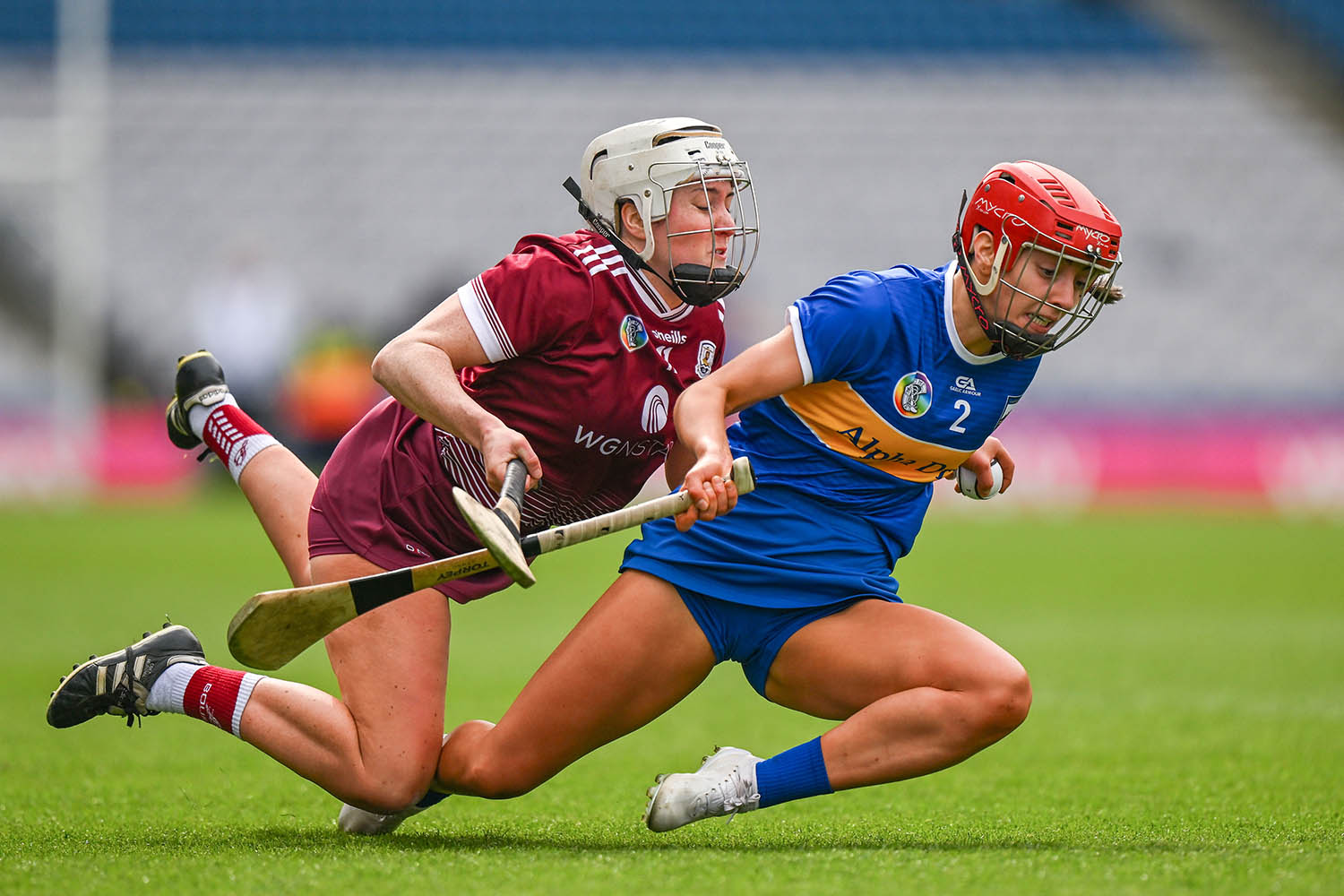Irish sport has been plunged into chaos as a growing revolt over what women wear has gathered pace. Camogie, the women’s version of hurling, is played by approximately 100,000 women in Ireland, with the amateur participants required to wear a ‘skort’, a short skirt with built-in shorts underneath.
But on 3 May, all 60 players from Kilkenny and Dublin walked out for the Leinster Championship semi-final in shorts, in protest at the rule.
The referee marched the players back to the changing rooms to switch into skorts before the match could go ahead. The moment was described on social media as a “career low” by Dublin captain Aisling Maher.
A week later, the Munster Championship semi-final between Cork and Waterford was postponed after the players of both sides made clear that they would wear shorts. The semi-final has yet to be played and might never be. Now the sport is in limbo, as players wait to see the outcome of a special congress to be held next Thursday.
“The last two weeks have been farcical,” said Senator Evanne Ní Chuilinn, a former sports broadcaster.
“Camogie struggles to make news headlines. Unfortunately now it’s in the headlines for all the wrong reasons, and we often see this with women’s sport. A lot of the time it only gets from the back page to the front page when there’s controversy.”
Ní Chuilinn is concerned that despite the large amounts of public attention the issue has got, the motion to allow shorts still might not pass, because it requires a two-thirds majority as a result of being voted down last year. In 2024, two different motions were rejected.
This is despite the fact that the feelings of camogie players are clear. A survey of the Gaelic Players Association revealed 70% of players felt discomfort when wearing a skort, while 83% wanted shorts to bean option.
Not everyone feels the same way. The BBC reported that the captain of Ballycastle, Elen McIntosh, does not “feel that strongly about players having to wear skorts or shorts. There are much bigger issues facing women’s sports, like access to facilities, funding and media coverage.”
Ironically, the introduction of skorts in camogie came about in 2003 due to discomfort over what women previously had to wear – skirts.
Jonny Dowling’s mother was an original skort designer as part of the family sportswear business, which he still runs today. “My mother never really played camogie herself but she had friends who played,” he said.
“What she saw then was that the skirts, the culottes, the pinafores just weren’t fit for purpose. So she started doing a few samples, sending questionnaires to clubs and players, to get a consensus on what they thought about what they were wearing and what they would like to wear.”
Despite Dowling’s family history with the skort, he is supportive of the players’ desire to wear shorts. “For me, the big word should be choice. As a company, we manufacture sportswear. We manufacture whatever people want to wear,” he said. “But as an individual, I have a daughter. She’s only two but when she grows up, I want her to have choice.”
Tess Howard, founder of Inclusive Sportswear and a Team GB hockey player, first became interested in the issues with gendered sporting uniforms when she was being made to wear skorts when playing hockey.
“The tradition in hockey was always to wear skorts, but we train in shorts every day,” she says.
“I put aside my discomfort because that was tradition for so long. We were all stretching our skorts out before games to try and feel more comfortable. I had this ‘aha’ moment after so much anxiety of – does it have to be this way?”
Howard and her fellow hockey players lobbied England Hockey to change their policy, which they did, allowing for players to decide individually whether to wear shorts, skirts or skorts. The International Hockey Federation followed suit.
But Howard’s research highlighted a concerning reality in girls and women’s sport. “We’ve got a situation where teenage girls drop out of sport and we know that confidence in kit is one of the most important reasons,” she said.
Ní Chuilinn agrees this is a particular issue in camogie.
“Increasingly, we are losing girls in camogie because they don’t want to wear skorts. We’re having conversations about trying to knock down barriers for women in sport or trying to keep girls playing, and this has been identified as a real issue.
“Their bodies are changing. They have been wearing shorts their entire time in camogie, which for some of them has been since they were four. Then suddenly, right at the time puberty hits, they are asked to wear something else which is essentially uncomfortable.”
Howard believes that emphasising the importance of choice also helps people understand why this is such a big issue. “As much as you can talk about feminism and gendered uniforms, it doesn’t resonate with people who haven’t worn a skort. If you ask for choice, people understand.”
The question of what sportswomen should wear has been an issue for as long as women have been playing sports. In the 19th century, ‘decency’ laws and a prohibition from dressing like men meant that women participating in sport would wear long dresses, corsets and hats.
More recently, there have been notable moves in sports like beach volleyball and handball to move away from the ‘bikini’ outfits that women had to wear. At the 2024 Olympics, female beach volleyball players instead were permitted to wear leggings or shorts.
But in certain sports, a reluctance to let female players control what they wear remains baked into the administration. For camogie players in Ireland, they are now left to wait until the powers that be make up their minds.
Photograph by Brendan Moran/Sportsfile via Getty Images

